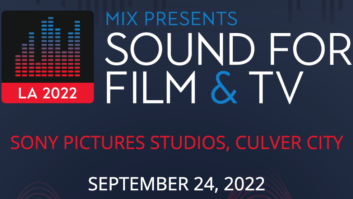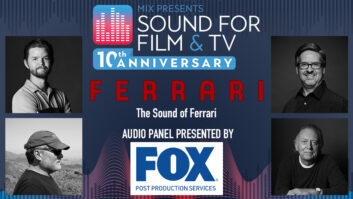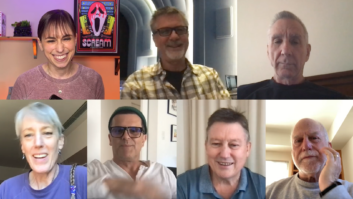CULVER CITY, CALIF.–The Equalizer 3, the new film from Columbia Pictures and Director Antoine Fuqua, presents the third and final chapter in the hugely popular action thriller franchise. Since giving up his life as a government assassin, Robert McCall (Denzel Washington) has struggled to reconcile the horrific things he’s done in the past and finds a strange solace in serving justice on behalf of the oppressed. Finding himself surprisingly at home in Southern Italy, he discovers his new friends are under the control of local crime bosses. As events turn deadly, McCall knows what he has to do: become his friends’ protector by taking on the mafia.
As with the earlier Equalizer films, sound plays a crucial role in helping to bring McCall’s unique world to life. The veteran sound team from Sony Pictures Post Production Services was tasked with supporting both McCall’s internal conflicts and his external quest to defeat evil and restore tranquility to his new home. The result is a soundtrack of unusual depth, nuance and emotional range.
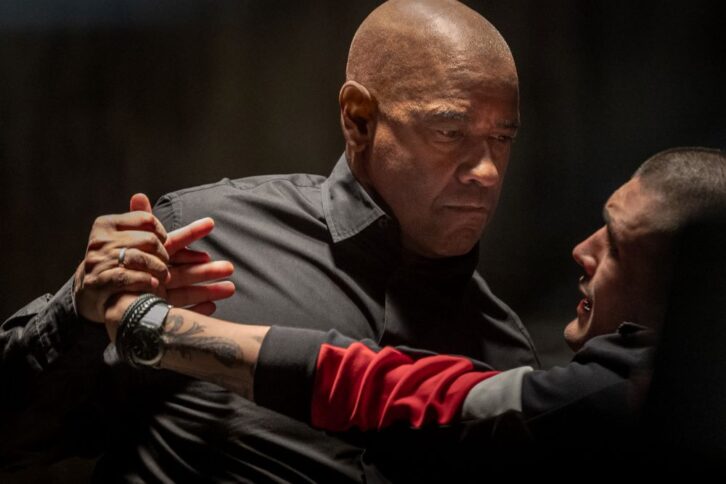
“One of the things I love about the film is how quickly things change,” says Supervising Sound Editor Mandell Winter, who supervised sound for all three Equalizer films. “We’ll be in a beautiful, serene moment and in the next instant something dynamic happens—an explosion, a gun fire or a knife fight. Everything’s calm, then boom!”
In fact, The Equalizer 3 kicks off with just such a “boom.” It opens on a rustic Italian villa in the aftermath of a grisly killing. Bodies are strewn everywhere. The footsteps of two men inspecting the site are barely audible as they warily descend a flight of stairs. A gun cocks and the scene shifts to a darkened room where McCall is being held at gunpoint. Although he appears to be the one in peril, he warns his captors that they have just nine seconds to “decide your fate.” A clock ticks, then all hell breaks loose.
Perfectly calibrated sound design has been a staple of the franchise since its inception, but this film is subtly different. “A motif of the first two films was what we called ‘McCall Time,’ where everything slows down as he assesses the situation,” notes Supervising Sound Editor/Re-Recording Mixer David Esparza, who also contributed to the first two films. “That happens differently in this film and so we weren’t bound by established sound cues. We were able to take a fresh approach with the action scenes so that they feel more visceral and authentic. We didn’t rely on things the audience has heard before.”
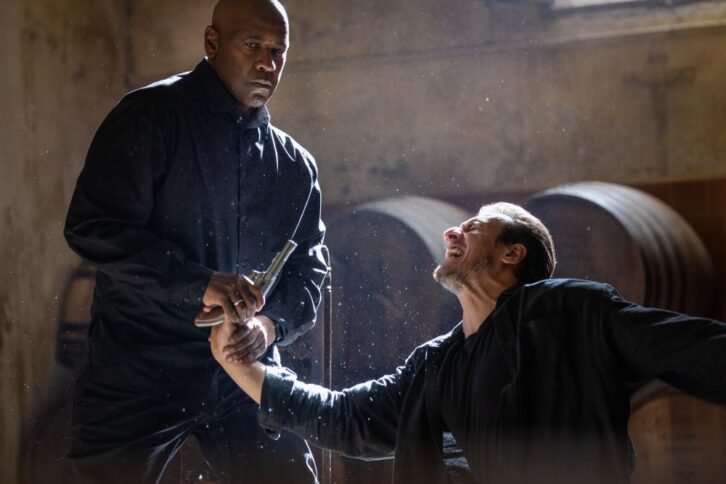
Re-Recording Mixer Nick Offord adds that they were deliberate in the choice and placement of sound elements, adopting a stripped down approach even in scenes of intense violence. “I’m proud of how clean this film sounds,” he says. “The action scenes have dynamic power, but they’re also polished and balanced. You only hear what is essential to tell the story. That sparseness made it easier to get out of big moments and into something quieter.”
The sound team took similar care in crafting soundscapes to represent the film’s principal setting, a picturesque town on the Amalfi Coast. The ambience includes the gentle hum of motor scooters, pedestrians and cafés. “Antoine wanted the town to sound like a place Robert McCall would fall in love with,” says Esparza. “It’s reflected in the type of traffic that you hear and everything else about the town.”
Esparza adds that Fuqua made suggestions for individual sound cues based on things he heard while filming. “One of the things that Antoine was struck by were church bells,” Esparza recalls. “He would hear one on his left side, followed by an echo on his right. It was an arresting effect that we replicated through the spatial placement of bells and their corresponding ‘slap.’”
The drive for authenticity carried over into crowd noises. The team brought in native speakers of several Italian dialects and placed their voices into the background of scenes as they might occur naturally in seaside town. Speakers with distinctive Neapolitan accents were used to represent the coarser style of speech of Mafia members.
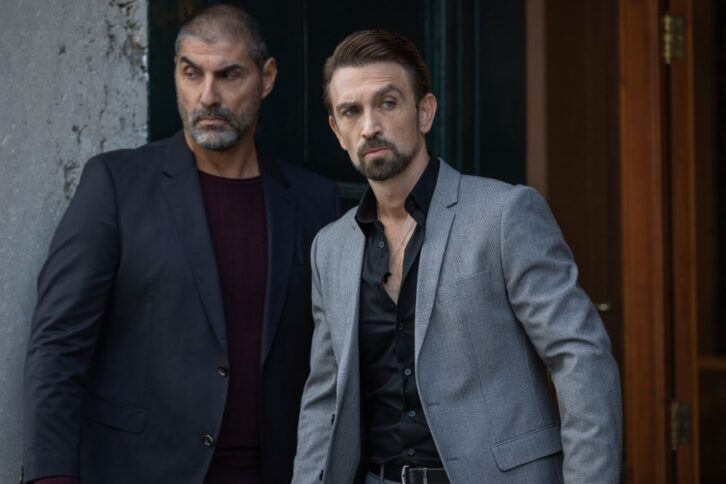
Italian-speaking children were also employed for background voices. “We had kids of varying ages from very young to preteen,” relates Winter. “None of them had ever done anything like this before and needed a lot of coaching. It took time, but we got what we needed to make those moments when kids are present sound genuine.”
Final mixing was completed at Sony Pictures on its Willam Holden Mix Stage, with Esparza and Offord blending sound design with dialogue and original music from Brazilian composer Marcelo Zarvos. Offord notes that the dialogue presented an interesting challenge as the film’s Italian characters spoke in their native language when addressing each other. “It was a lot like mixing a foreign film,” he recalls. “We took particular care to ensure that everything was clear and pronunciations were correct, so you would have no trouble understanding what is being said.”
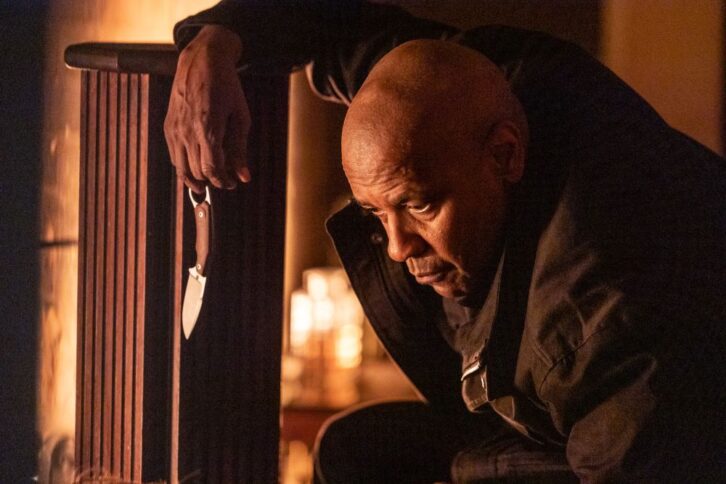
Winter describes the mix sessions as intense and exciting. With most members of the sound and picture departments having worked on the previous two films, they enjoyed an easy collaboration. “We’ve developed a shorthand; each of us knows what the others bring to the table,” he explains. “It was a fun and friendly environment. Nick as the newest member fit right in. All our efforts were to serve the story and deliver an amazing soundtrack.”
The Equalizer 3 is now available on digital, 4K, Blu-ray and DVD.



